Onions are widely used not only in cooking, but also for medicinal purposes. In different kitchens of the world, this herbaceous plant is added as a taste seasoning to dishes, as well as sides and even desserts prepare from it. It is useful for nutrients that are important to human health. In folk medicine, the juice of Luka and it is used for the manufacturers of tinctures, rubbing and rinsing.
Many species of onions are distinguished, which differ from each other by appearance, color, sharpness and taste. Bow Chernushka is not some special kind, but is the seeds of an ordinary and well-known reptile onion.
How to grow onions kinushku
In order to get the seeds of this plant independently need to be patient because this process is quite troublesome and long.
- To grow onion Chernushka at home you need to take a pair of large onion heads of a certain variety, and plant them in early spring or late autumn, under the winter. The bulbs produce very long arrows, it is desirable to tie them.
- Closer to the summer on the sprouted green feathers, flowerines are formed, which form inflorescences similar to umbrellas. In each such a basket there are small seeds of black.
- Due to the fact that such grains are ripening unevenly, then some of them can simply turn. In order to avoid experienced gardens recommend to taking each umbrella with a gauze cloth of the called size or sew special covers.
- Another option to preserve as many seeds as possible is a way of timely cut of mature bow umbrellas. After that, they must be put in a dry, well-ventilated room for 18-20 days. After this time, all seeds will be matured and preserved.
- Such methods for saving the seeds of Luke Chernushki are particularly popular when it comes to some kind of unique valuable grade. Savings of such species of onions are sometimes very difficult, and at home, viable seeds can be removed from such bulbs.
- Hut down onions in order to gain fertile grains, it is necessary to place it on a well-lit and dry place.
- You can also put a calendula next to the bow and several dill bushes. These plants will scare the pests and will not allow nematodes in the soil.
Sewing of Luke Chernushki
When growing onion, it should be borne in mind that the germination of onions seeds is rapidly lost. Without landing the grains in the next season, one year later the germination decreases almost half, and in subsequent years disappears at all. Therefore, it is necessary to air only fresh seeds, and in any case, check them on the ability to germinate.
Preparation of seeds
- Collecting the summer of the seeds from Luke, you can soaring them in the fall or early spring.
- Before planting, seeds are checked for productivity. For this, a month before the seeding takes a certain amount of seeds and wraps into a wet rag. The next 14 to 18 days is periodically moisturizing matter in which there are fruitful grains. After this time, the seed germination is inspected.
- At least 75% of young sprouts should be germinated from the existence. If the sprouts from the seed turned out much less, then the grains are considered unsatisfactory to planting and harvesting sutu.
- For the destruction of fungal diseases, the bark seeds are soaked in a weak mortar solution about 10 to 12 hours before landing into the ground.
- In addition to the same solution, you can add a fruit stimulator, guided by the instructions for it. This approach will accelerate the germination of the seedlings of the bow and improve the quality of feathers and bulbs.
- Immediately before landing, the Chernushki seeds are dried in the fresh air until the grains themselves are obtained. Only then can be made to the soil.
- If desired, the soil can also be treated with special means to protect against pests and diseases.
- To explore the detailed video of the preparation and peculiarities of the sowing of Luke Chernushki can be on specialized resources in gardening and gardening.
Methods of sowing Luke Chernushki
Bow Chernushka should be seen in the open soil in early spring or late autumn, in greenhouses or on the windowsill.
Sowing in the open Earth in the fall
- Seed onions on the winter landed in late autumn. To do this, it is necessary to prepare a bed in advance by loosening and timely fertilizer.
- Soil for Chernushka needs very thorough preparation. Weeds are necessarily extracted. Otherwise, when weeding or breaking, after the first gentle shoots go, shoots can be damaged by weed roots remaining there.
- A rows with fairly wide aisle are formed on the garden. In such a state, they are left to the coldests. As soon as the first frosts appear, Chernushki Luke is sowing into prepared grooves.
- The sinking seeds from above are sprinkled with a thin layer of the ground, thickness of 3 - 4 cm.
- In winter, during severe frosts, it is necessary to ensure that the beds were covered with snow. If there is no snow, dry leaves, duchu or other warming material are poured on top.
Sowing in the equipped rooms in March
In early March, the bow can be planted in greenhouses or on the windowsill. Prepared in advance seeds are sown in shallow boxes with soil mixture and aisle in 5 - 6 cm.
- The temperature of the air before the first weak seedlings will appear, it is necessary to keep in the range of 25 ° C.
- After the seeds are sprouting, the temperature must be reduced to 11 ° C during the day and 7 - 8 ° C at night.
- If seedlings are grown on the windowsill, it will be appropriate for the balcony during this period. Such a temperature must be observed for 5 to 6 days. After that, for seedlings, an already constant temperature is set at 15 - 17 ° C.
- Due to the fact that during this period they are still too short and lighting for young shoots are not enough. It is recommended to produce additional highlighting seedlings for an artificial increase in the daylight.
- At the end of April, plants usually already have 4 pen. Before planing the rapid seedlings in the ground, it is necessary to shorten the feathers of the bow and to 2 cm roots of the bulbs.
- The aisles for disembarking seedlings should be from 30 to 35 cm. The bulbs themselves are planted at a distance of 5 - 6 cm from each other.
- A few days after disembarking, the soil is recommended to moisten and fluff.
Sowing in open earth in spring
The cultivation of Chernushki Luke in the spring directly into the soil immediately after the snow comes down, and the Earth will slightly warm.
- Rows are made on the beds. The depth must be approximately 3 cm, and the distance between the aisle is 25 cm.
- Seeds are sown rather revealed. In order to control the amount of exiled grains, trig off with chalk. It will also help correctly dispersed seeds. On average, about 1 m row should leave approximately 70 grains of onions.
- After seeding, the seeds are sprinkled with humid or sawdust, mixed with the soil. The thickness of the surface layer should not exceed 3 cm.
- Watering is recommended to immediately not produce, as this can lead to the formation of the crust on the basis, which may make it difficult to germinate young feathers. The best option will be good to moisten the Earth before the explosion.
- When shoots are fixed enough and will be allowed 2 pen, in the beds it is necessary to carry out first thinning. Weak individuals are deleted, and healthy must germinate at a distance of at least 2 cm from each other.
- After the bulbs form 4 adult pen, it is necessary to produce the 2nd thinning. It is important this time between the bulbs to increase the distance to 6 cm. Those plants that will be removed this time can already be used to prepare dishes.
- After two adjustments to the groin chuck, some gardeners recommend to feed gear. For this, the fertilizer of a cowboy is divorced by water in proportion 1: 5 and such a substance is watering.
- Nevertheless, other gardening professionals insist that without additional feeding onions in the future, it is much better to store.
- Periodically, the seedlings necessarily need to water and disintegrate the soil. The feeding will be appropriate if the land where seeds are planted, poor on fertilizer.
- If the curtain, beans, potatoes or cabbage were grown in front of the bark in the indention site, then there is a chance that the bodies are rich. In addition, if under these cultures, manure was made, then in the period of growth under Chernushka, it is not necessary to add any of the high-pass fertilizers, but you can use special, ready-made feeders that are designed specifically for onions.
- Posnu on the yield of onion affects the neighborhood with carrots. She warns the appearance of onion flies.
Bow Chernushka: Features and Disadvantages
- One of the main deficiencies in the cultivation of Luke Chernushki is that plants can grow to the harvest itself. If autumn is wet and cold, then the aging of it can not happen. This, in turn, will lead to bad storage and rapidly spoilers. Therefore, it is preferable to produce shirrebushki from autumn or prepare seedlings in the greenhouses and on the windowsill.
- Chernushki grains are sown not only for harvesting full-fledged shoots, but also Sevka. In this case, the bow performs a two-year plant, because the seeds are sown in the first year, and the crop falls on the second season.
- The bow of the north is characterized by its small size. However, it should not be alarmed, on the contrary, it is erroneous that the crop will be the smallest than the smallest North. The smaller will be sown sevok, the largests there will be bulbs.
- In addition, many gardeners prefer to collect harvests from Luca-Sevka, and not from Chernushka. This is connected with a long vegetation period of plants of this variety. It is slower thanks, longer matures and is not so well stored as other grades of Luke.
- Chernushki seeds are sized by rows or corrosion. The second option is particularly common in the villages. Thus, the land area is saved.
Luca varieties
- For the middle band, it is well suited from Chernushki sowing such varieties such as Belovezhsky, amber, Spassky and mechkovsky.
- From imported varieties, the German Stuttgarten, Dutch Robust and Polish Volsk were proven well.
- For long-term storage, species are suitable: mild, ash, the same one and the Bessonovsky variety.
Cleaning harvest and storage
- Cushion onion harvest is beginning in the middle or end of August.
- The day of the assembly must be sunny and dry.
- The main signs on which it can be understood that it was time for the collection, it is to lie the tops of the bow and the appearance of yellowness.
- The shoots dug and if the weather conditions allow, leave on the beds to complete drying of the tops.
- If the likelihood of harvest is large, it is collected and folded into one layer in a dry and well-ventilated room.
- As it dry, the leaves and the fallen husk have each bulbs are removed. The more carefully drying is carried out, the greater the likelihood that the bow follows the spring itself and will retain its qualities.
- Therefore, experienced gardens carry onion drying in 3 stages:
- the first week, the onions are kept in a room with an air temperature of about 20 ° C;
- second week - 30 ° C;
- third - 35 ° C.
- This temperature is created using household heating devices. 9. For storage, the onions is sorted in size and stacked in bags or boxes in a dark cool place.
- The storage temperature should not exceed 18 ° C.
- Periodically, the bow is desirable to sort out, delete spoiled, fired or dried vegetables.
Pests
- The main parasites for Luke Chernushki can be:
- muha Lukova;
- highband onion;
- lubovka Lukova;
- root onion tick.
- To prevent the appearance of pests of the plant, the following preventive measures must be produced:
- planting on the beds next to the bow dill, calendula or carrots;
- produce an earlier planting of seeds or Luke-Sevka;
- periodically deeply disappearing the soil, including in the fall, preparing the garden to the Spring;
- observe crop rotation;
- apply special chemical or biological means to combat pests.
Diseases of Luca Chernushki
- As for the disease, the most dangerous for young plants are rotting and malievable dew. The main reasons that provoke a bowberry are:
- oversight of nitrogen in the soil;
- damage to the culture of false torment;
- damage to bulbs onion fluff.
- False powdery dew is formed on the bulbs if:
- under the fallout of the bow lies the fresh manure;
- the onion is planting at the same place for more than 3 years in a row;
- sick plants are not removed on time;
- bow Chernushka is not processed by special means for prophylaxis.
Carnish and landing Chernushki are not particularly troublesome. Correctly chosen place, high-quality seeds, compliance with all rules for disembodies, timely breakdown of the soil, as well as control over pests and diseases will be allowed to get an excellent harvest of this indispensable and unpretentious vegetable.

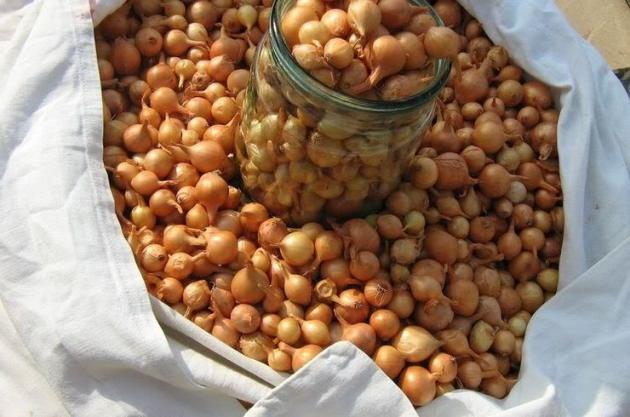
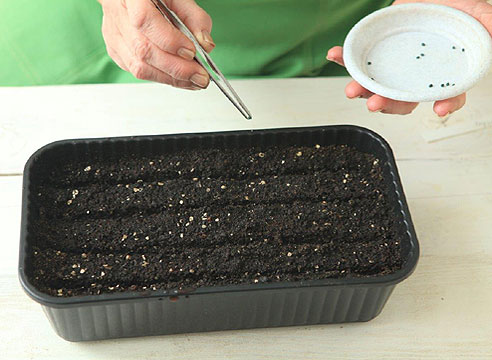
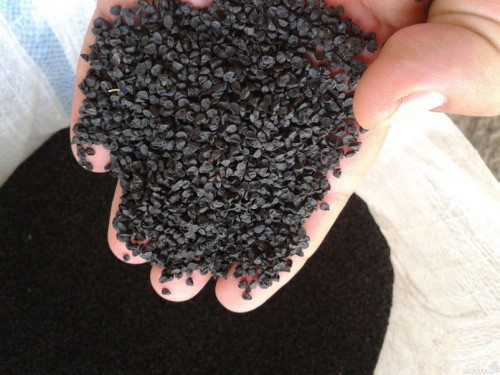
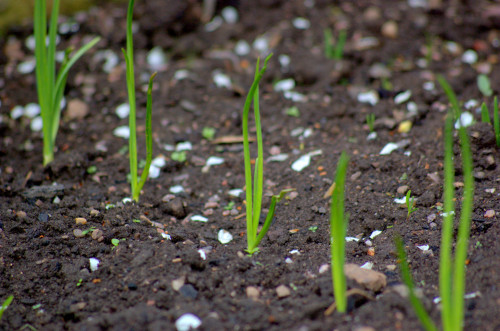
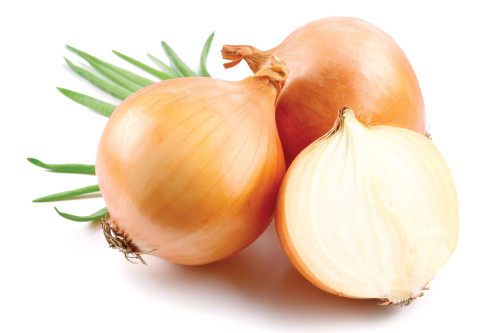
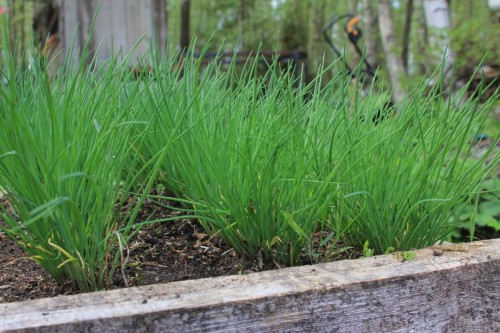
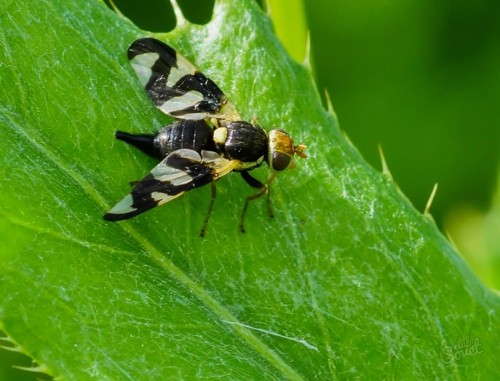
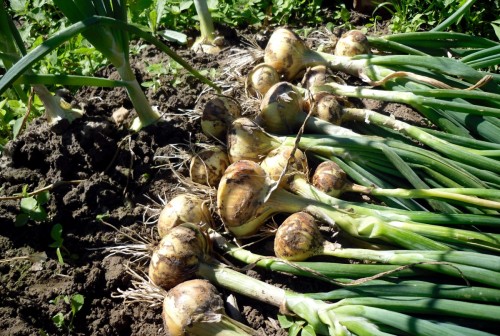












 Start a discussion ...
Start a discussion ...